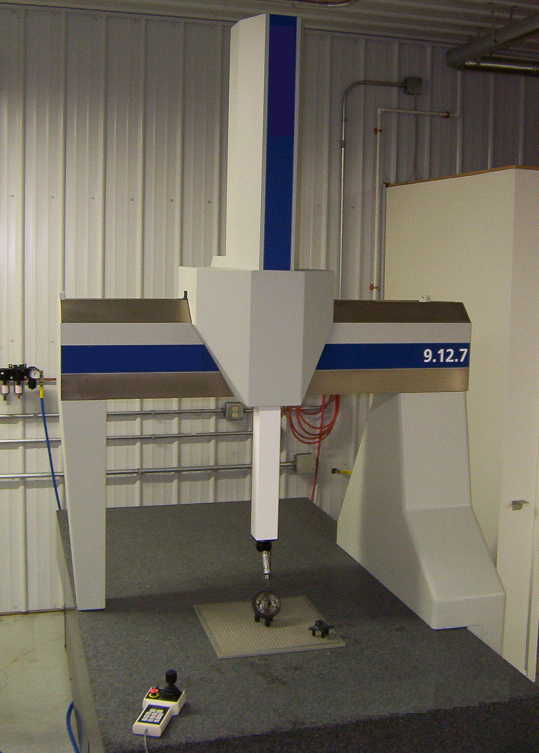|
Romer Arm
A ROMER Arm is a term for a portable coordinate measuring machine ROMER, a company Acquired by the Hexagon AB group, and part of the Manufacturing Intelligence division, designed the ROMER arm in the 1980s to solve the problem of how to measure large objects such as airplanes and car bodies without moving them to a dedicated measuring laboratory. A coordinate measuring machine precisely measures an object in a 3D coordinate system, often in comparison to a computer aided design Computer-aided design (CAD) is the use of computers (or ) to aid in the creation, modification, analysis, or optimization of a design. This software is used to increase the productivity of the designer, improve the quality of design, improve c ... (CAD) model. A portable coordinate measuring machine is usually a manual measuring device, which indicates that it requires a person to operate it. The arm has 6 or 7 joints and operate in the 3D world - It has 6 degree of freedoms- 3 for rotation and 3 for ... [...More Info...] [...Related Items...] OR: [Wikipedia] [Google] [Baidu] |
Coordinate Measuring Machine
A coordinate measuring machine (CMM) is a device that measures the geometry of physical objects by sensing discrete points on the surface of the object with a probe. Various types of probes are used in CMMs, the most common being mechanical and laser sensors, though optical and white light sensor do exist. Depending on the machine, the probe position may be manually controlled by an operator or it may be computer controlled. CMMs typically specify a probe's position in terms of its displacement from a reference position in a three-dimensional Cartesian coordinate system (i.e., with XYZ axes). In addition to moving the probe along the X, Y, and Z axes, many machines also allow the probe angle to be controlled to allow measurement of surfaces that would otherwise be unreachable. Description The typical 3D "bridge" CMM allows probe movement along three axes, X, Y and Z, which are orthogonal to each other in a three-dimensional Cartesian coordinate system. Each axis has a sensor ... [...More Info...] [...Related Items...] OR: [Wikipedia] [Google] [Baidu] |
Computer Aided Design
Computer-aided design (CAD) is the use of computers (or ) to aid in the creation, modification, analysis, or optimization of a design. This software is used to increase the productivity of the designer, improve the quality of design, improve communications through documentation, and to create a database for manufacturing. Designs made through CAD software are helpful in protecting products and inventions when used in patent applications. CAD output is often in the form of electronic files for print, machining, or other manufacturing operations. The terms computer-aided drafting (CAD) and computer aided design and drafting (CADD) are also used. Its use in designing electronic systems is known as ''electronic design automation'' (''EDA''). In mechanical design it is known as ''mechanical design automation'' (''MDA''), which includes the process of creating a technical drawing with the use of computer software. CAD software for mechanical design uses either vector-based graphics ... [...More Info...] [...Related Items...] OR: [Wikipedia] [Google] [Baidu] |

